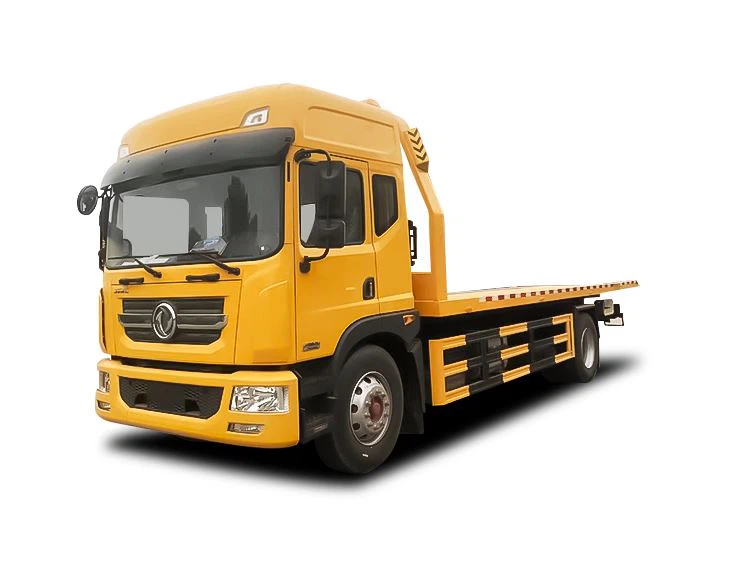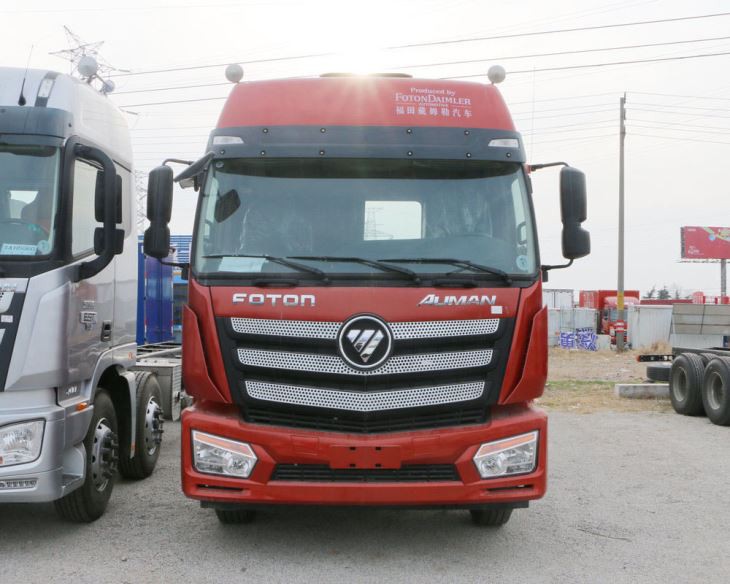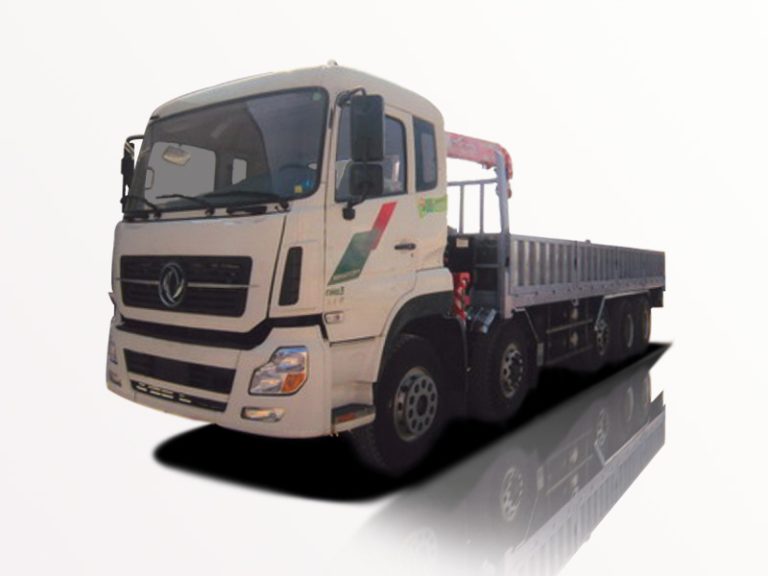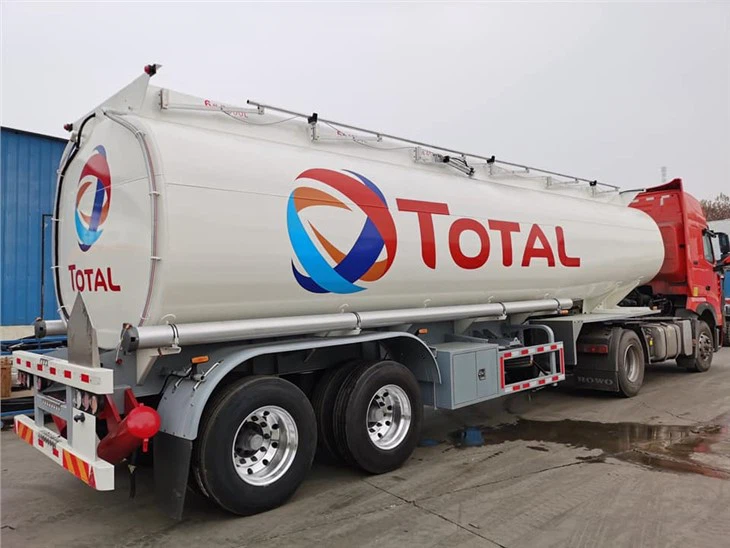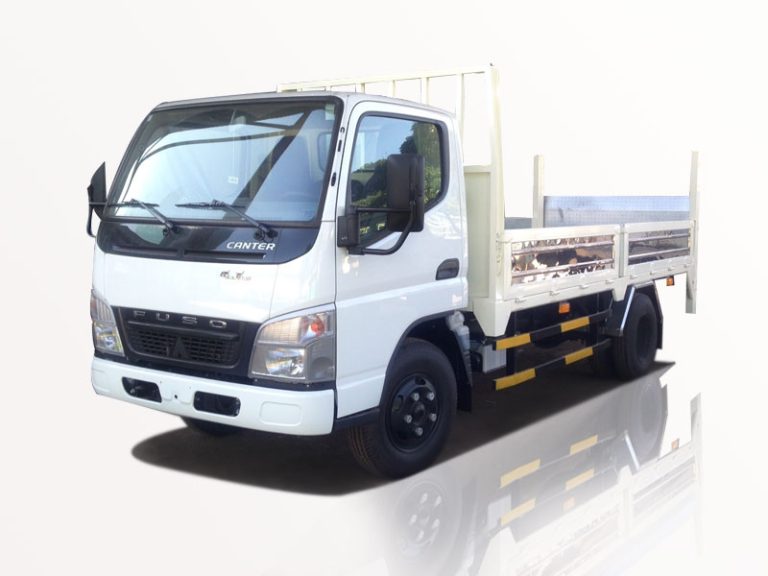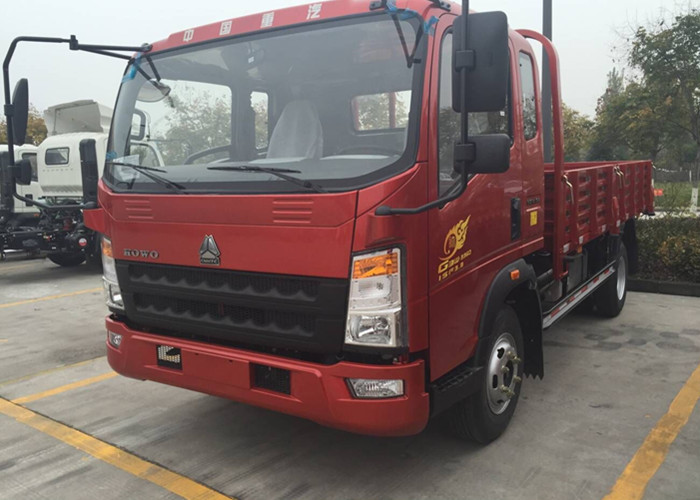Introduction
Diesel tank welding is an essential aspect of maintaining and repairing fuel storage tanks used in various industries, including transportation, construction, and agriculture. As diesel tanks age, they can develop leaks, structural weaknesses, and other issues that necessitate proper welding techniques. This article will explore the various aspects of diesel tank welding, including safety measures, welding processes, maintenance tips, and best practices to ensure a safe and efficient operation.
Understanding Diesel Tanks
Types of Diesel Tanks
Diesel tanks come in various designs and materials, each suited to different applications. The most common types include:
- Above-Ground Storage Tanks (ASTs): These are installed above the ground and are typically made from steel or fiberglass. They are easier to inspect and maintain.
- Underground Storage Tanks (USTs): Placed below ground, USTs are often used in fueling stations. They require regular monitoring to prevent environmental contamination.
- Mobile Diesel Tanks: These tanks are mounted on trailers or trucks for transportation. They are designed for flexibility and can be easily relocated.
Materials Used in Diesel Tanks
Most diesel tanks are constructed using:
- Steel: Known for its strength and durability, steel is the most common material.
- Aluminum: Light and resistant to corrosion, aluminum tanks are often used in portable applications.
- Fiberglass: Non-corrosive and lightweight, fiberglass tanks require less maintenance compared to metal tanks.
Importance of Diesel Tank Welding
Why Welding is Necessary
Welding is crucial for several reasons:
- Repair Leaks: Over time, tanks can develop leaks due to corrosion or physical damage. Welding can effectively seal these leaks.
- Reinforce Structural Integrity: Welding can strengthen weak points, ensuring the tank maintains its integrity.
- Modification and Customization: Welding enables modifications to existing tanks to meet changing operational needs or regulatory requirements.
Welding Processes for Diesel Tanks
MIG Welding
MIG (Metal Inert Gas) welding is a popular choice for diesel tank welding due to its versatility and ease of use. Key advantages include:
- Speed: MIG welding is faster than many other welding methods.
- Clean Finish: Produces minimal slag and spatter, resulting in a cleaner finish.
Equipment Needed for MIG Welding
The following equipment is typically required:
- MIG welder
- Protective gear (helmet, gloves, etc.)
- Welding wire and gas cylinder
TIG Welding
TIG (Tungsten Inert Gas) welding offers higher precision and control, making it ideal for detailed repairs. It is particularly useful for thin materials. Benefits include:
- High-quality welds: TIG produces stronger and more aesthetically pleasing welds.
- Versatile: Suitable for various materials, including stainless steel and aluminum.
Equipment Needed for TIG Welding
The necessary equipment involves:
- TIG welder
- Welding torch and tungsten electrode
- Protective gear
Stick Welding
Stick welding, also known as shielded metal arc welding (SMAW), is a traditional method used for welding diesel tanks, particularly in outdoor settings. The advantages include:
- Portability: Equipment is easy to transport.
- Effective: Works well in windy or unstable conditions.
Equipment Needed for Stick Welding
Essential equipment includes:
- Stick welder
- Electrodes
- Protective gear
Safety Precautions for Diesel Tank Welding
Personal Protective Equipment (PPE)
Welding can be dangerous, making PPE critical. Recommended gear includes:
- Welding helmet with appropriate shade
- Fire-retardant clothing
- Gloves and safety boots
Environmental Safety
Welding diesel tanks can pose environmental risks. Always ensure proper ventilation and fire safety measures, including:
- Removing flammable materials from the vicinity.
- Using explosion-proof lighting.
- Having fire extinguishers readily available.
Preparing for Diesel Tank Welding
Inspection and Assessment
Prior to welding, tanks must be carefully inspected for:
- Structural integrity
- Presence of any leaks
- Corrosion levels
Cleaning the Welding Area
Clean the area around the welding site to ensure a strong bond. This includes:
- Removing rust and contaminants with a grinder or sandblaster.
- Using solvents to clean metal surfaces effectively.
Common Challenges and How to Overcome Them
Dealing with Corrosion
Corrosion can significantly weaken the structure of diesel tanks. Strategies to handle corrosion include:
- Regular maintenance and inspections.
- Applying protective coatings to prevent rust.
Managing Leaks
Identifying and repairing leaks promptly is essential. Solutions for managing leaks include:
- Using epoxy or welding filler for small leaks.
- Re-welding sections of the tank for larger leaks.
Maintenance Tips for Diesel Tanks
Regular Inspections
Conduct regular inspections for:
- Leaks and rust
- Proper functioning of gauges and valves
Cleaning and Removal of Contaminants
Ensure tanks are periodically cleaned to remove any sludge or contaminants, which can cause corrosion. Techniques include:
- Using specialized cleaning equipment and chemicals.
- Vacuuming accumulated sludge from the tank bottom.
Best Practices for Diesel Tank Welding
Ensuring Quality Welds
For high-quality welds, follow these best practices:
- Control heat input to prevent warping.
- Use the correct filler material for the job.
Documenting Repairs and Inspections
Keep comprehensive records of all inspections and repairs. This documentation serves as:
- Proof of compliance with safety regulations.
- A reference for future maintenance.
FAQ
What are the common signs of a leaking diesel tank?
Common signs include visible puddles of diesel, a strong fuel smell, and corrosion on the tank surface.
How often should I inspect my diesel tank?
It is recommended to inspect diesel tanks at least once a year, or more frequently if they are in harsh environmental conditions.
Can I weld a plastic diesel tank?
Yes, plastic diesel tanks can be repaired using specialized plastic welding techniques, but not all welding methods apply.
What is the average cost of diesel tank welding?
The cost of welding can vary based on factors such as the extent of repairs and location, but it typically ranges from $150 to $500.
Is it safe to weld near a full diesel tank?
No, it is not safe to weld near a full diesel tank. Tanks should be emptied and cleaned thoroughly before any welding work.
What materials should I use for welding diesel tanks?
Common materials for welding diesel tanks include stainless steel, carbon steel, and aluminum, depending on the tank’s construction.
